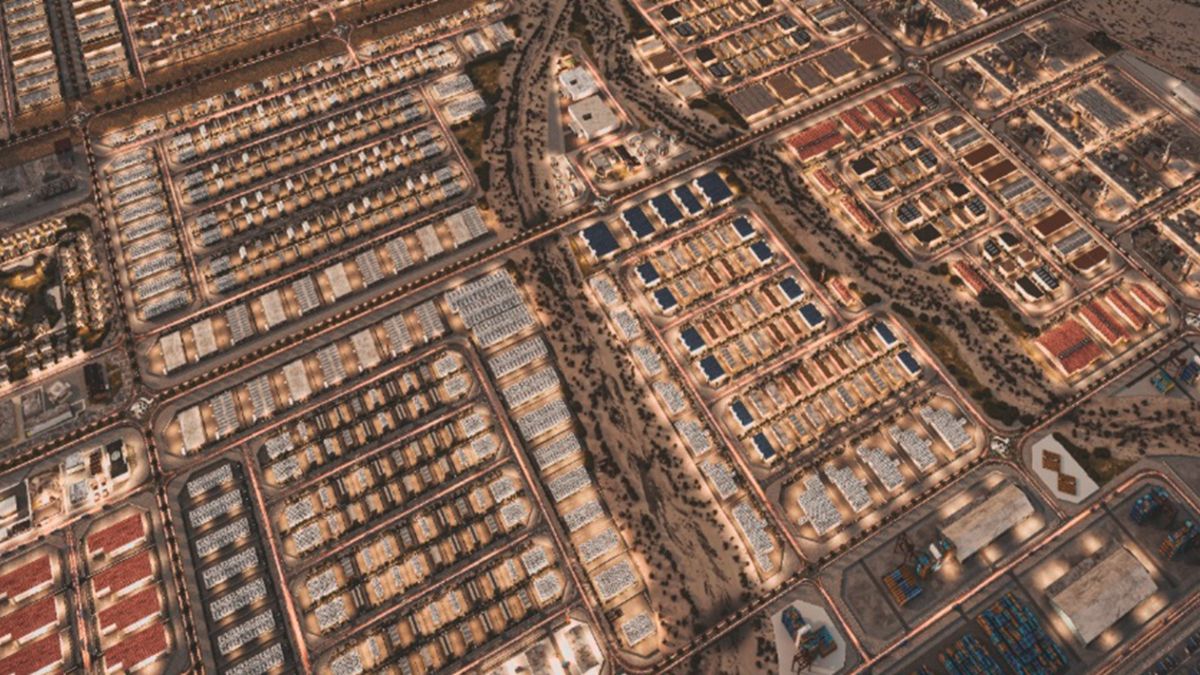Location: Neukölln lock (Berlin-Neukölln)
Client: State of Berlin, represented by the Senate Department for the Environment, Mobility, Consumer and Climate Protection
Project duration: 2020 to 2026
Planning: As-built survey, object and structural planning
Execution: expected from 2027
Total costs: expected to be 62 million euros
BIM use cases: 000, 010, 030, 040, 050, 060, 070, 080, 090, 100, 110, 130
Dorsch KSA
Reputable consulting and engineering partner in Saudi Arabia
Dorsch KSA as a branch office of the German Dorsch Holding GmbH is a multi-disciplinary and innovative consultancy firm with over 30 years experience in the region.
Our clients turn to us for a wide range of advice, skills and resources in developing, planning, engineering, supervising and managing projects. Our Office is in the capital city of Riyadh.
Dorsch KSA earned a distinguished reputation for the technical expertise in infrastructure planning, construction supervision, project and construction management, asset and facility management as well as environmental engineering. The first project in KSA dates back to 1976 for the Jeddah Rush Housing Programme.
From the basic evaluation to the 3D as-built model – New construction of the Berlin-Neukölln lock
Summary of New construction, renovation, extension and maintenance planning for hydraulic transportation structures almost always involves dealing with structures that are sometimes very old. In the context of digitalization and BIM, as-built models are an important starting point. A structure information model, which is often mapped in a holistic section view of waterways with partial models, serves as the basis for further maintenance and new construction planning. Using a practical example, this article provides an insight into digitalization approaches in structural hydraulic engineering.
Introduction
Compared to road and rail transportation, where BIM is now more or less established in all project phases, the level of BIM maturity in hydraulic engineering is less pronounced. This is mainly due to the smaller number of projects and the often unique nature of these projects. The following example is used to illustrate that digitization is nevertheless possible for the basic determination as well as the most diverse BIM use cases in the subsequent planning.
As-built digitization
A BIM project in infrastructure planning is only as good as its as-built model. However, imponderables, such as contradictory as-built documents or an unspecific survey, are often identified during the basic determination for the creation of a digital twin (as-built model). As with new planning, it is also important to define the objectives of the as-built modeling. It is very important that the client and the creator of the as-built model think together at the beginning about the information requirements for achieving the project objectives and define a sensible model structure, depth of information and necessary attributes. This results in project-specific requirements management for information exchange (EIR) based on the BIM use cases. In addition, the consistent and consistent availability of all data in a Common Data Environment (CDE) must be clarified in advance (Figure 1).
3D as-built model of the Berlin-Neukölln lock and shipping canal
Dorsch International Consultants GmbH from Berlin was commissioned by the Berlin Senate Department for the Environment, Mobility, Consumer and Climate Protection to create a comprehensive 3D as-built model of the Neukölln Navigation Canal (NSK), including the Neukölln lock. The structural information model with a total length of four kilometers in the federal capital will serve as a database for extensive planning measures for the repair and upgrading of the embankments as well as the new construction of the lock. The aim was object-oriented modeling with the ability to derive geometries, quantities and costs as well as the possibility of later additions for further planning (Figure 2). The as-built data was very heterogeneous due to the project scope of 4 km of sewers. The model structure was defined in the BIM development plan together with the information providers. The degree of completion was discussed in regular project meetings using the coordination models (Figure 3). A pilot bank section was used to test the necessary LOD of the individual channel sections and individual structures, the attribution of the objects and a display color concept for the initial data situation. Visualization and project communication An animated film based on the digital twin was created to communicate the project. The integration of the environment, albeit in varying degrees of detail, proved to be very advantageous for the visualization (Figure 4).
The journeys of two goods ships and one passenger ship were simulated and placed in the context of the existing waterway morphology as well as the clearance profiles and routes. Conclusion In hydraulic engineering, those involved in planning have also recognized the potential and challenges of the BIM method, as can be seen from the increasing number of BIM projects - either motivated by the client or intrinsically driven by the planning team.



